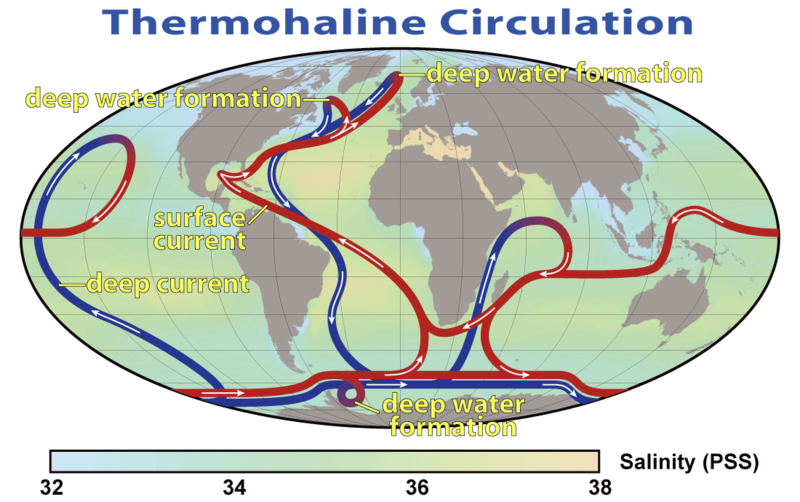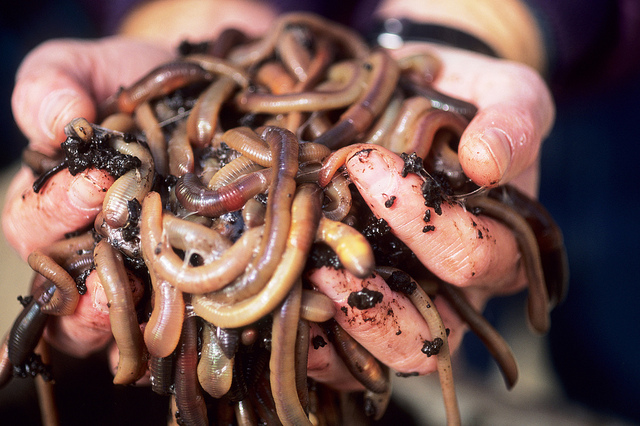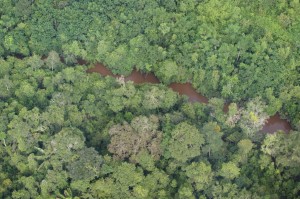Search Results for Tag: carbon dioxide
Is the ocean to quit it’s job?
Silently and mostly unrecognized, ocean is doing a yet quiet good job for the climate: it absorbs CO2 from the atmosphere and dumps it into the deep. That is one of the reasons, why climate did not further heat up within the last decade – although world keeps emitting lots of CO2.
But now researchers found that the Atlantic ocean absorbs less CO2 than usually – and also figured out the reason for this. It’s because the so called “meridional overturning circulation” slows down. Before you now think “I’ll never get this” – hang on. Sounds more complicated than it actually is.
The overturning circulation works like this: In the Atlantic ocean, water flows northwards – from the warmer Southern part into the colder Northern part. There, the water cools down, becomes saltier and sinks into the deep. There this so called deepwater flows back towards the South, warms up there and is welling up in consequence. Back at the surface in the Southern hemisphere it is, where ocean water takes up the antropogenic CO2.
Now, due to global warming, also ocean surface water – even in the Northern usually colder part of the Atlantic – warms up – and does not sink to the deep. This in turn slows down the overturning circulation. In consequence of this slowing, CO2-saturated water is not dumped into the deep as usual, but stays rather close to the surface. In consequence, less CO2 can be taken up from the atmosphere.
So the research team scientifically proved that we actually are destroying those natural systems that normally help keeping CO2 levels low – by emitting more and more CO2 and warming up the planet with its ocean.
Earthworms share blame for global warming
It seems we have to dig a little deeper to find the real causes for global warming. It turns out it’s not just industrial production practices, cooling of homes and driving cars that’s fueling climate change – researchers now reveal that another species are equally to blame.
Long believed to be industrious helpers in the garden, earthworms by their mere existance in soils increase carbon dioxide emissions by 33 per cent and nitrous oxide emissions by 42 per cent. But the worms don’t just release greenhouse gases from soil – they also help offset some other greenhouse gases. So what is actually relevant is the net effect.
In fact, by digging up the world’s soils those slick earthworms “increase net soil greenhouse-gas emissions,” researchers say. That is why “global warming” has already been dubbed “global worming” in the media, implying that the worms not only contribute but rather “accelerate” climate change.
But if you now feel tempted to take a deep breath of relief and happily pursue all your climate-damaging activities (such as eating tons of meat, using an extra dose of hairspray, switching air conditioning though it’s cool enough, taking the car to go to the supermarket round the corner, use as much plastic bags as possible…) – hang on!
Compared to the 60 percent of global warming that humans account for by emitting greenhouse gases – the 16 percent increase in soil global warming caused by earthworms seems almost like nothing.
New Directions for the Brazilian Amazon
The Amazon rainforest is spread out over nine national states of the South American continent. As trees bind carbon dioxide (CO2), the Amazon forest plays a crucial role in climate protection measures. Home to 60 percent of the world’s rainforest area, Brazil contains the largest part of this precious ecosystem.
GLOBAL IDEAS asked Brazilian forest activist Pedro Soares to write a guest article for our blog. Pedro stresses that we can only protect the Amazon by providing an adequate income to those living in the forest.
By Pedro Soares
The Brazilian Amazon area covers about 50 percent of Brazil’s territory. That is a total an area of 4,196,943 square kilometers.
The biggest stock of tropical forest in the world has always been seen as a barrier to regional economic development. In fact, deforestation occurs mainly due to an economic rationale: the forest does not provide sufficient income for landowners and forest dwellers, when compared to the income they could obtain for more profitable activities such as logging, agriculture or cattle ranching. But the lack of an economic value for the stand forest is the main caveat towards the promotion of forest conservation policies and programs.
![]() read more
read more







Feedback